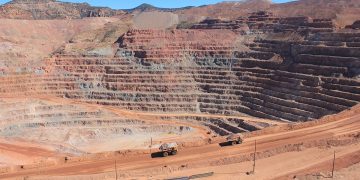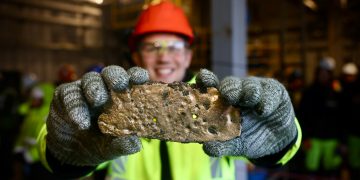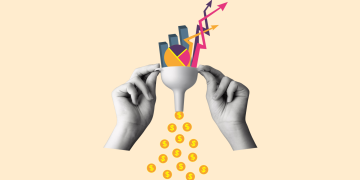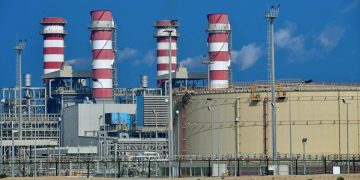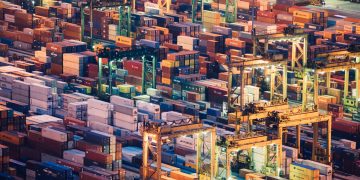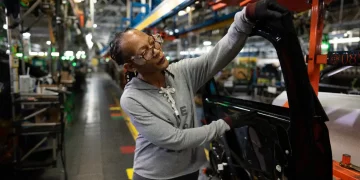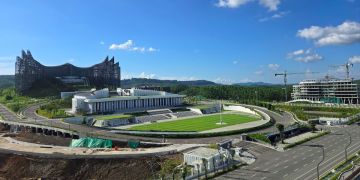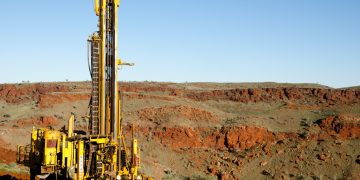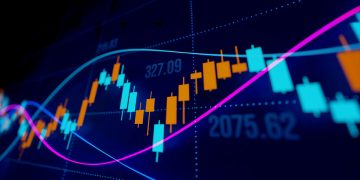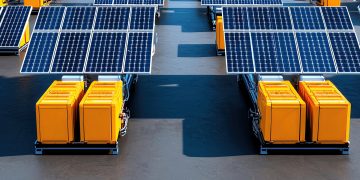Brazil’s post-election landscape is drawing deep scrutiny from commodity traders and macro investors alike. With fiscal policy debates heating up and the Brazilian real (BRL) experiencing periodic tremors, those exposed to iron ore, soybeans, and energy exports are watching closely for clues about the country’s economic trajectory. Brazil has long been a commodity powerhouse—but in this new political chapter, markets are not only reacting to fundamentals, but also pricing in uncertainty, ideology, and global contagion risks.
The stakes are high. What happens in Brazil matters not only for Latin America but also for global supply chains and emerging market portfolios. Traders and analysts must now assess whether the country’s election results signal a pragmatic shift—or a volatile new era.
Reactions to Fiscal Policies, Currency Volatility
One of the most immediate reactions following Brazil’s recent election has come from currency markets. The BRL, already prone to bouts of volatility due to global rate differentials and capital flight sensitivity, has weakened in certain sessions as investors digest the new government’s tone on fiscal spending. Commodity traders, especially those dealing in internationally priced exports like soybeans and crude oil, are deeply sensitive to the strength of the BRL—it directly affects the revenue realized in local terms.
The administration’s early fiscal signals have stoked debate. On one hand, there’s an expressed intent to preserve social safety nets and expand infrastructure investment. On the other, markets fear these ambitions could balloon Brazil’s public debt, potentially clashing with the central bank’s inflation-targeting mandate. The potential erosion of the spending cap—originally enacted to ensure fiscal discipline—has made headlines and sparked concern among credit analysts and commodity-linked exporters alike.
For currency traders, BRL fluctuations represent both opportunity and risk. Some hedge funds have opened tactical shorts on the real, particularly during weeks when fiscal rhetoric dominates headlines. Others see it as oversold, especially given Brazil’s positive trade balance and strong foreign reserves. Volatility in the BRL also affects hedging strategies for multinational commodity buyers and producers who must constantly rebalance FX exposures.
Impact on Iron Ore, Soybeans, Energy Exports
Brazil’s influence on the global commodities map cannot be overstated. It is the world’s second-largest exporter of iron ore, a major supplier of soybeans to China, and an increasingly important player in oil and biofuel markets. Traders in all these sectors are recalibrating their strategies in light of the country’s evolving policy outlook.
Iron ore markets are perhaps the most globally sensitive. The state of Brazil’s mining industry—centered around giants like Vale—feeds directly into the construction and infrastructure sectors of China, India, and Europe. Following the election, commodity traders have flagged potential regulatory and permitting changes that could affect the pace of new mining projects. While no sweeping nationalization plans have been proposed, a more interventionist stance in environmental oversight could slow output expansions. This has introduced a slight bullish tone among iron ore traders who now see potential supply constraints down the line.
In soybeans, Brazil’s competitive edge remains strong. Despite occasional concerns about port congestion and logistical inefficiencies, the country continues to steal global market share from U.S. exporters. China, in particular, remains a loyal buyer, and traders in Singapore and Chicago are watching Brazilian weather patterns, fuel subsidies, and transport policy to gauge future volumes. With some early post-election statements hinting at stronger environmental regulation—especially in Amazon-adjacent farming zones—there’s speculation that crop expansion could be curbed, potentially supporting global soybean prices if demand remains stable.
The energy export story is more mixed. Brazil is expected to ramp up offshore oil production in the coming years, with Petrobras continuing to play a central role. However, investor sentiment toward Petrobras has swung since the election, with fears of more state influence pressuring the company’s autonomy. Traders exposed to Brent-BRL spreads are watching these developments closely, particularly in light of fuel pricing policy debates that could affect domestic diesel and gasoline markets. Any move away from international parity pricing would distort market signals and create downstream pricing inefficiencies—something no trader wants to grapple with in a high-volatility environment.
Trader Sentiment Across BRL-Linked Assets
Beyond the physical commodity flows, there’s a broader sentiment narrative playing out in BRL-linked derivatives, sovereign bonds, and equities. Trading desks in London and New York report growing divergence in views. Some macro funds see Brazil as a high-carry play that still offers value, particularly in local bonds where real yields remain attractive. Others are de-risking due to political uncertainty and fear of deteriorating fiscal anchors.
One key gauge of sentiment has been CDS (credit default swap) spreads. Since the election, Brazil’s five-year CDS has widened modestly, reflecting heightened perception of risk—but not yet panic. Traders view this as a yellow flag rather than a red one. Positioning remains dynamic, with volatility traders capitalizing on intraday BRL swings and others using options to express views around policy surprise potential.
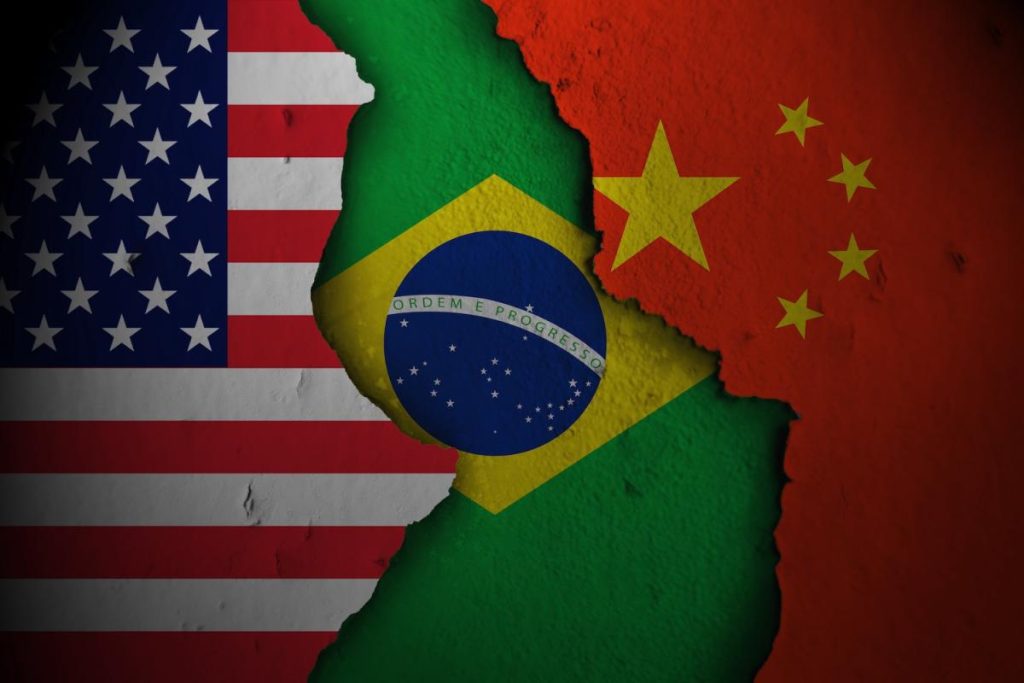
Another notable trend is divergence in sector equities. Brazilian agribusiness names—especially exporters—have held up relatively well, buoyed by dollar earnings and robust Chinese demand. In contrast, utilities and domestic consumption plays have faced more pressure due to fears of subsidy expansion and slower growth.
Local banks are another point of concern. If fiscal deterioration spooks rating agencies, cost of capital for Brazilian lenders could rise, adding pressure to already tight lending margins. Traders who rely on these financial institutions to facilitate hedging and commodity trade financing are therefore closely monitoring credit risk signals in the domestic banking system.
Short-Term vs. Long-Term Growth Narratives
Short-term, Brazil’s post-election economic narrative is being shaped by political noise and fiscal clarity—or lack thereof. Traders are taking a wait-and-see approach. Until there’s concrete legislative movement on tax reform, spending caps, or central bank independence, many are maintaining tactical flexibility rather than firm directional bets.
However, longer-term narratives remain more constructive. Brazil still holds enormous agricultural and energy potential, with demographic and technological trends that support a medium-term growth story. The country’s vast natural resource base, renewable energy capacity, and improving digital infrastructure provide a foundation for long-term competitiveness.
Traders with a multi-year view are watching closely for signs of regulatory modernization, logistics upgrades, and deeper integration with global supply chains. If the government can deliver on infrastructure investment without compromising fiscal sustainability, Brazil could see rising foreign direct investment and a re-rating of its commodity assets.
There’s also hope for improved ESG integration. Brazil’s environmental record—particularly in the Amazon—has drawn global scrutiny. Yet new rhetoric suggests that the country could reposition itself as a green commodity leader, especially in biofuels and sustainable farming. Traders are already building ESG overlays into their commodity models, adjusting premiums for risk, but also rewards, tied to Brazilian climate policy signals.
Conclusion
Brazil’s post-election market outlook is a complex tapestry of politics, commodities, and macro strategy. For commodity traders, the coming months will test the country’s ability to balance fiscal ambitions with market discipline. The BRL’s path will remain volatile, but that volatility will also offer tactical opportunities for those with the tools and insight to navigate it.
Iron ore, soybeans, and energy exports remain resilient pillars of Brazil’s external accounts, but policy decisions—on environmental regulation, fuel pricing, and public investment—could reshape volumes, costs, and competitive positioning. Trader sentiment is cautious but far from bearish. Much depends on whether Brazil can reassure markets that pragmatism, not populism, will guide its economic roadmap.
In the end, Brazil continues to matter—deeply—for commodity flows, emerging market portfolios, and the broader global inflation narrative. The challenge now is turning post-election uncertainty into opportunity.

